Cooking Italian chicory
Be more experimental this month and try Simon Hopkinson's recipes that use two traditional Italian vegetables.
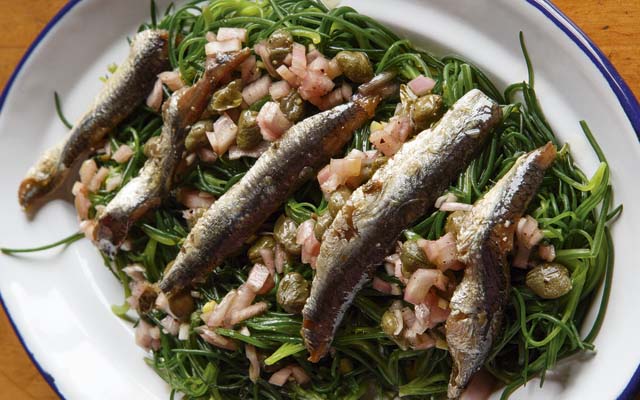

It would have been about 20 years ago that I was first given to eat the curious agretti (sometimes called barba di frate—monk’s beard—in other regions of Italy) by the legendary Italian cook Franco Taruschio, when he and his wife, Ann, had owned The Walnut Tree near Abergavenny, since 1963. ‘Try this, old cock.’ (I should promptly reveal that this was only one of several endear- ing British diminutives Franco gathered over the years; ‘Tosser’, was another, so you get the drift.) And so, as ever, I did as I was told.
What was placed upon the table appeared as a mass of deep green, clearly vegetable (thin strands of samphire came to mind) and richly glossed with olive oil. And then I tasted it. Well, the tentative samphire analogy was out the window for a start (never been quite convinced of its merits, anyway), as here was something quite unlike anything I had eaten before.
I know this may sound queer, eating-wise, but my initial thought was that here was something ‘a bit difficult’. Very much not a scary challenge—such as one’s first oyster, say—but more the school of an introduction to algebra: ‘I feel very interested here, Sir, but haven’t quite grasped it yet.’ That kind of difficulty.
However, once I had scraped the plate clean, I just knew I was a convert to this juicy, mildly astringent grassy green import from Franco’s homeland. I had certainly never seen it offered in London before then (about 1994), even in enterprising greengrocers or some of the emerging new-wave Italian restaurants. But then it was work enough convincing Bibendum customers, at the time, to try a serving of ‘difficult’ braised chicory. Heigh-ho.
And the chicory family, let’s face it, has always taken some time to get used to, palate-wise. When I was 16, a certain Chef Champeau almost force-fed this apprentice three different variations over a staff lunch. Yet only a few years later, during a seminal week in Paris, I was wolfing down several salade frisée aux lardons with the best of them.
And then, towards the close of the 1970s, we began to see the arrival of radicchio in Britain. Almost stealth-like, these tight little scarlet-leafed strangers (both cabbage-like and lettuce-like at one and the same time) began to invade the smart salad bowl—so swiftly, in fact, that our simple and lovely floppy lettuce had to run for cover. And, sadly, has never quite recovered since. The most recent Italian visitor to test the astringency of our native gourmet-salad palate, however, is the one called puntarella. Most famously associated with the Roman table (I was first introduced to it in the Campo di Fiore market), this particular offspring is surely the Quater-mass of the chicory family: long, vivid-green tendrils emerging from a tightly knit core that, with a little imagination, almost resembles a pale-green, 10-fingered gnarled fist. So, there you have it.
To prepare food with flair in February can often elude even the most inventive of cooks, so how convenient to have the exit of the puntarella season so neatly coinciding with the entry of early agretti. And, if that isn’t enough, each of them welcomes the anchovy—almost as a gift, if you will. Simon Hopkinson is the founding chef and co-proprietor of Bibendum restaurant, London
Exquisite houses, the beauty of Nature, and how to get the most from your life, straight to your inbox.
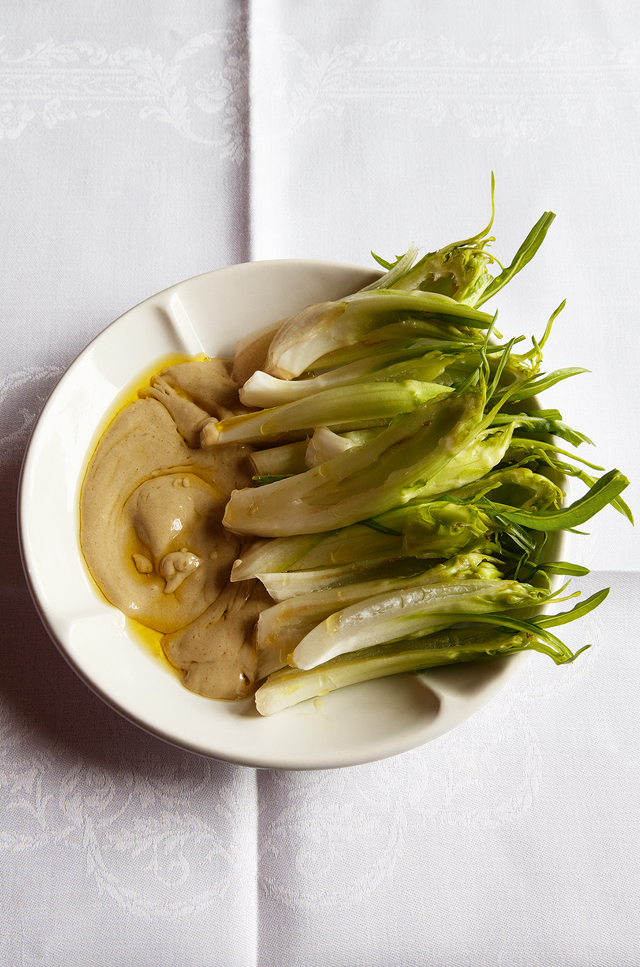
Puntarella with anchovy dressing (serves 2)
Ingredients 1 puntarella, trimmed as instructed below
For the dressing 1 small egg yolk 1–2tspn lemon juice Half a clove garlic, crushed 4–5 anchovy fillets, or to taste, chopped 5–6tbspn finest olive oil A few drops Tabasco sauce 2tbspn hot water
Method Remove all outer tendrils from the puntarella, cutting them away from the base, until only the paler, tight-fingered heart is revealed. Be ruthless with this, but don’t discard the tendrils; wash, drain and dry them, then store in a plastic bag in the fridge and include them, cut into short lengths, in a mildly flavoured lamb’s lettuce (mâche) salad, say, for another day.
Taking the heart, further trim the base of the puntarella so that the ‘fingers’ may be easily snapped off; think removing the florets from a cauliflower. Plunge these into a bowl of heavily iced water and leave for at least one hour, so that they will become crisp and crunchy to the tooth; if time permits, simply cover with very cold water and place in the fridge for as much as 3–4 hours, or even overnight, in a lidded, Tupperware box. Note: the larger ‘fingers’ may be sliced in half lengthways, for ease of eating.
The best way to make the dressing is in a small food processor: simply place all the ingredients in the goblet and process until very smooth. Failing that, whisk together in a bowl (in a similar way to making mayonnaise, although the anchovies will need a very fine chop) until well blended and smooth. Decant into a sauce boat or pretty bowl.
To serve, drain the punta-rella, dry it in a tea towel and arrange in a shallow dish. Take both dressing and puntarella to table and eat using your own fingers, dipping with gusto.
Agretti with anchovies, capers and shallots (serves 2)
Ingredients Juice of half a lemon Freshly ground black pepper 4tbspn finest olive oil 1 small shallot, chopped Scant tbspn large capers, squeezed of most of their juices 1 bunch of agretti 6–8 anchovy fillets, depending on size
Method First, make the dressing. Squeeze the lemon juice into a roomy bowl and add plenty of pepper. Whisk the juice while slowly adding the olive oil until loosely emulsified. Stir in the shallots and capers and put to one side.
Now, thoroughly wash all attendant soil from the roots of the agretti, then cut them off with a sharp knife. Remove only the tender strands of the plant with the fingers and, once again, thoroughly rinse in cold water and drain.
Bring a large pot of salted water to the boil, then plunge in the agretti. Fast-boil for a couple of minutes at the very most until tender (fish out a strand and eat it to check), then drain well in a colander for a minute or two. While still warm, tip into the bowl containing the dressing and quickly mix together; hands, here, are best.
Divide between two plates and lay the anchovies over it, including a little of their oil, if liked.
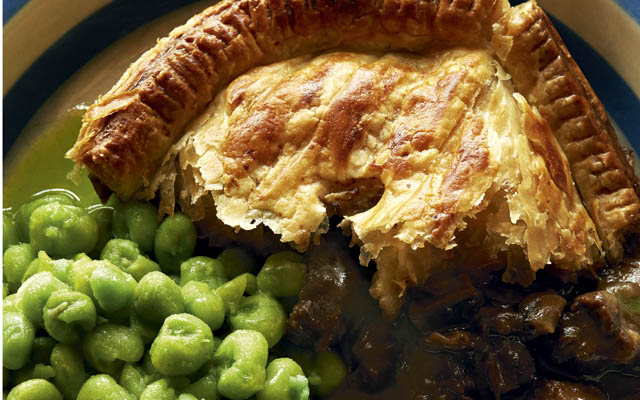
Pressure cooker recipes
Simon Hopkinson urges us to get out the pressure cooker.

Simon Hopkinson cooks asparagus
New Country Life chef Simon Hopkinson cooks asparagus with a mustard vinaigrette and asparagus in puff pastry
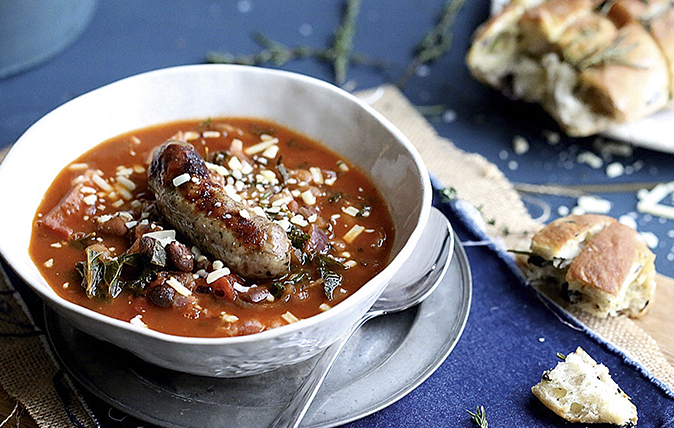
Italian bean and bacon soup with kale
Baked with wasabi, or stirred into an Italian bean-and-bacon soup: just two of our favourite kale recipes.
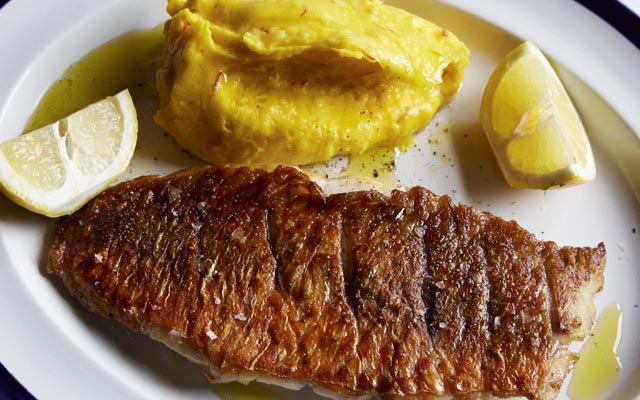
Simon Hopkinson’s favourite fish recipes
Simon Hopkinson cooks some of his favourite fish dishes using squid and red mullet
-
 Man's (new) best friend: Slinky, swift and sweet, a furry ferret is a worthy household companion
Man's (new) best friend: Slinky, swift and sweet, a furry ferret is a worthy household companionFerrets are a perfect pet — just don't let them loose in the British Museum, Octavia Pollock writes.
-
 By what name is the shallow nest of the hare known? It's the Country Life Quiz of the Day, November 3, 2025
By what name is the shallow nest of the hare known? It's the Country Life Quiz of the Day, November 3, 2025It's Monday which means we're back with the first Country Life quiz of the week.
-
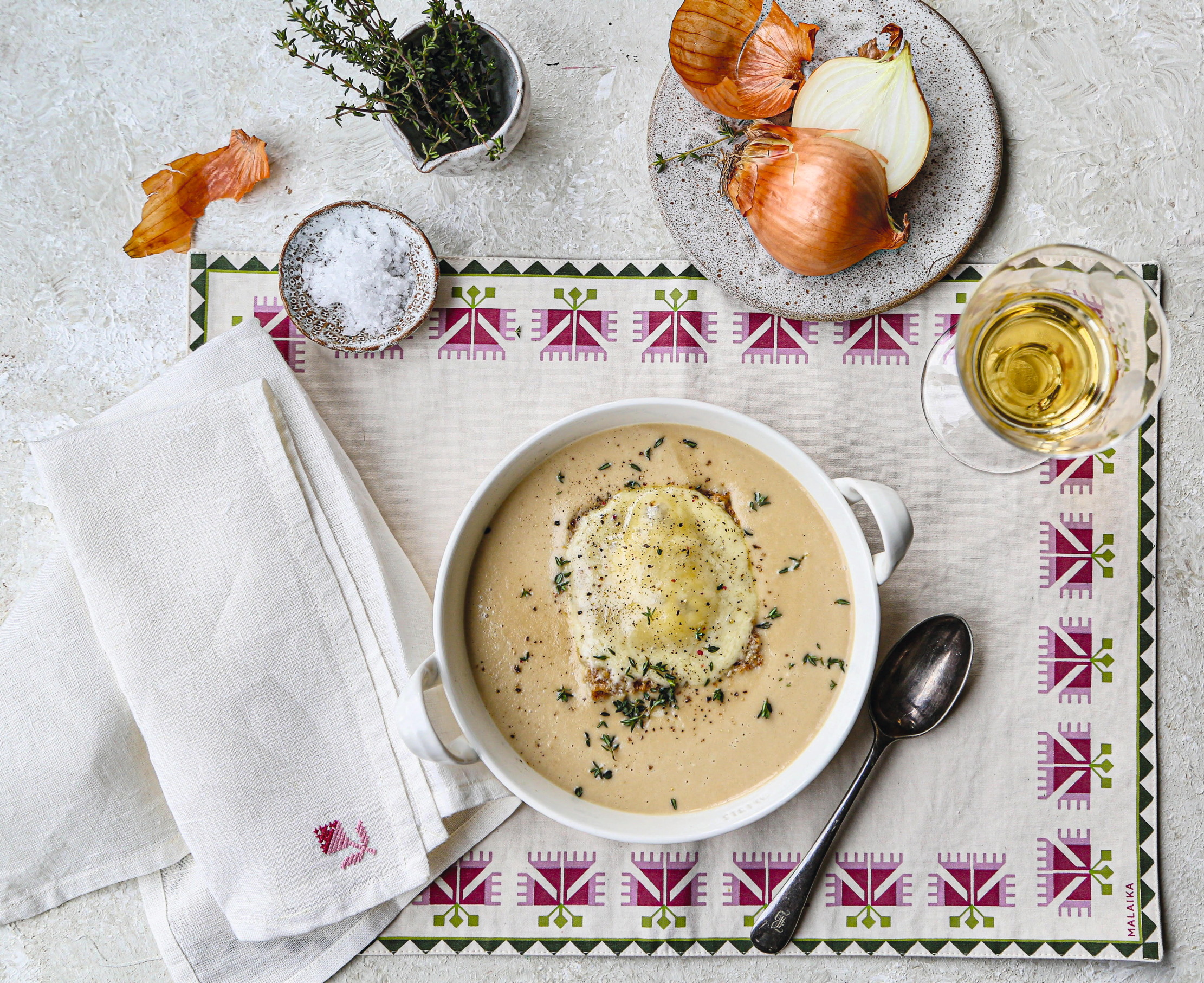 A Continental winter warmer: creamy onion soup with caramelised-onion toast
A Continental winter warmer: creamy onion soup with caramelised-onion toastSo long the bridesmaid, onions finally get their moment in the spotlight with this delicious and comforting winter soup.
-
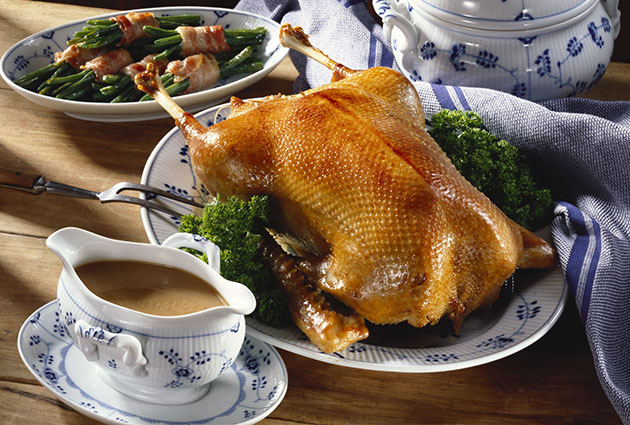 Perfect roast goose recipe from Mark Hix
Perfect roast goose recipe from Mark HixCooking the perfect Christmas goose, with delicious gravy, is a fantastic way to celebrate Christmas. Mark Hix explains how it's done.
-
 How to make Toad in the hole, the ultimate British comfort food
How to make Toad in the hole, the ultimate British comfort foodTry Melanie Johnson's recipe for toad in the hole – the ultimate British comfort food – with a twist thanks to the addition of bacon and leeks.
-
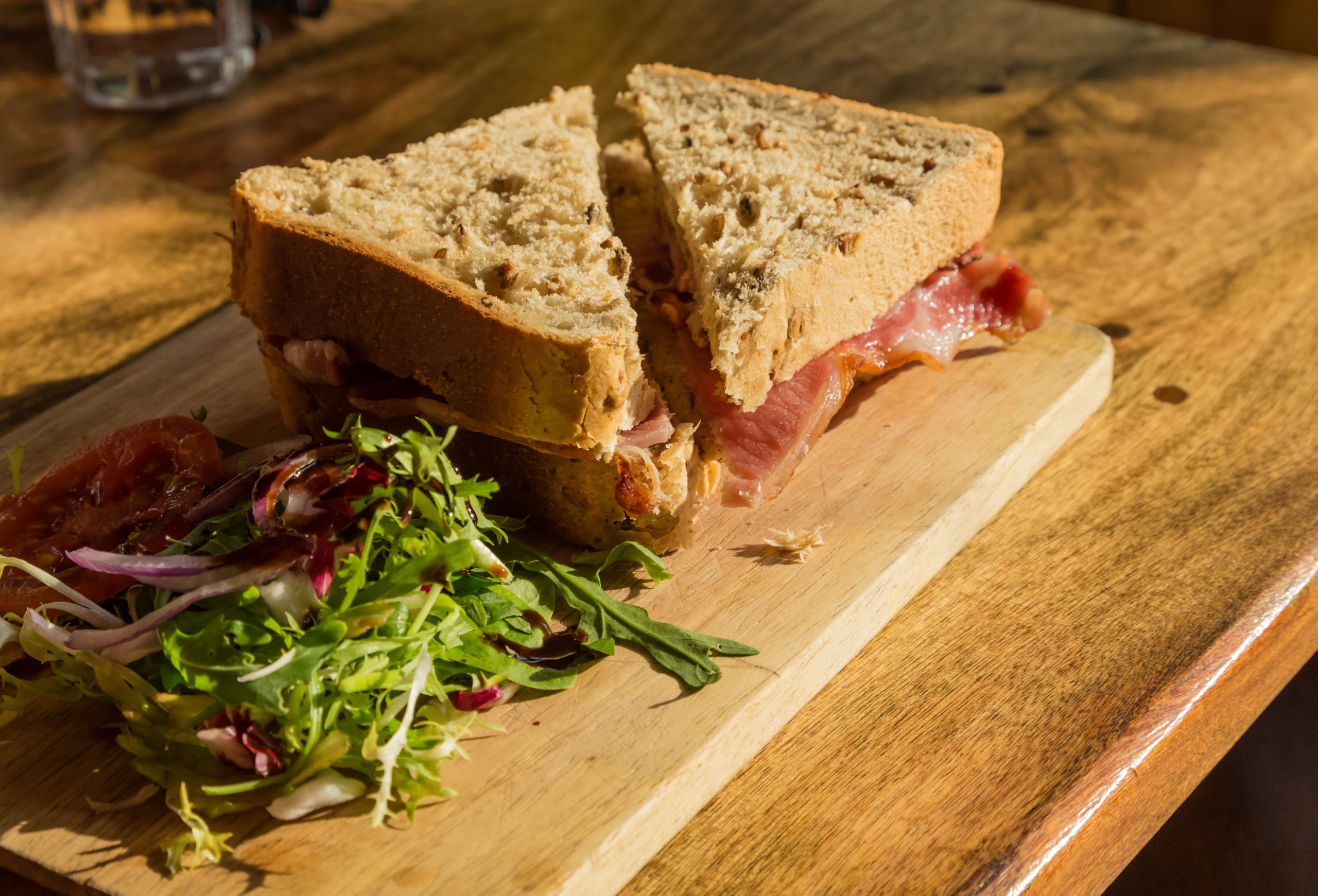 The ultimate Boxing Day bacon sandwich – with a surprise ingredient
The ultimate Boxing Day bacon sandwich – with a surprise ingredientSImon Hopkinson shares his recipe for a bacon sandwich with a perfect Christmassy twist.
-
 The step-by-step, stress-free plan for cooking Christmas lunch, by Tom Aikens
The step-by-step, stress-free plan for cooking Christmas lunch, by Tom AikensTom Aikens shares his recipes and advice for the perfect Christmas lunch: turkey, cranberry, roast potatoes and all the trimmings
-
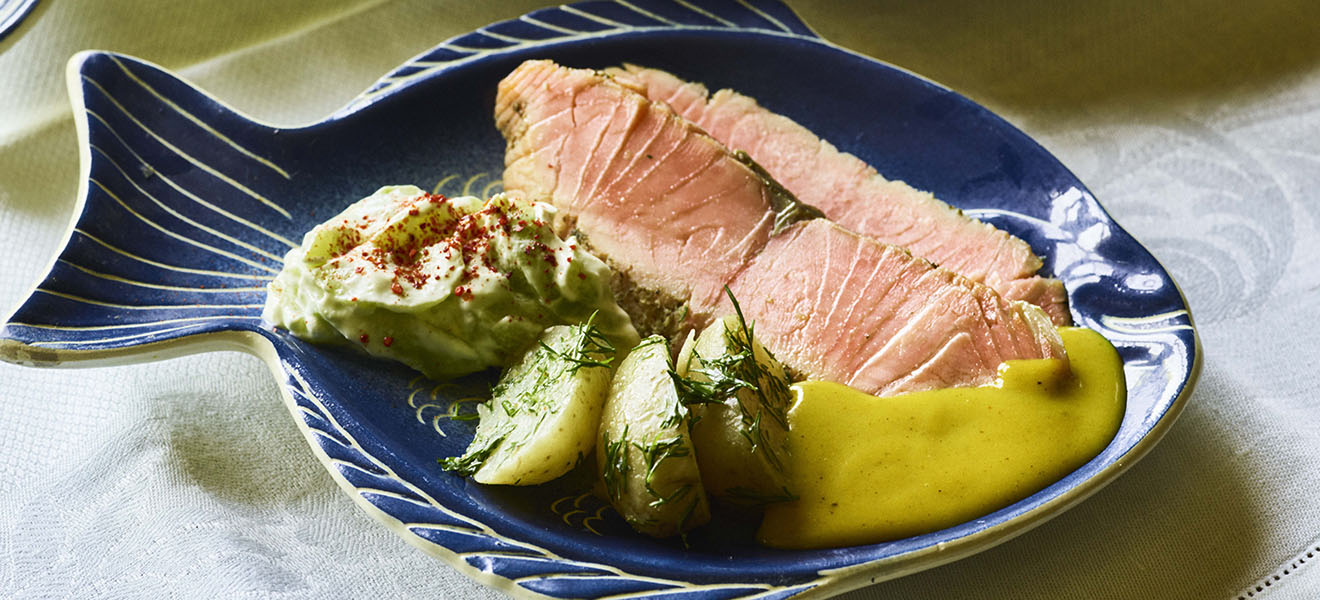 Recipe: Simon Hopkinson's Gravadlax, a delightful Swedish cured-salmon dish
Recipe: Simon Hopkinson's Gravadlax, a delightful Swedish cured-salmon dishNothing packs the same aromatic punch as a home-cured salmon flavoured with dill fronds and schnapps – and if you have too much, try poaching the leftovers. Poaching instructions before the recipe.
-
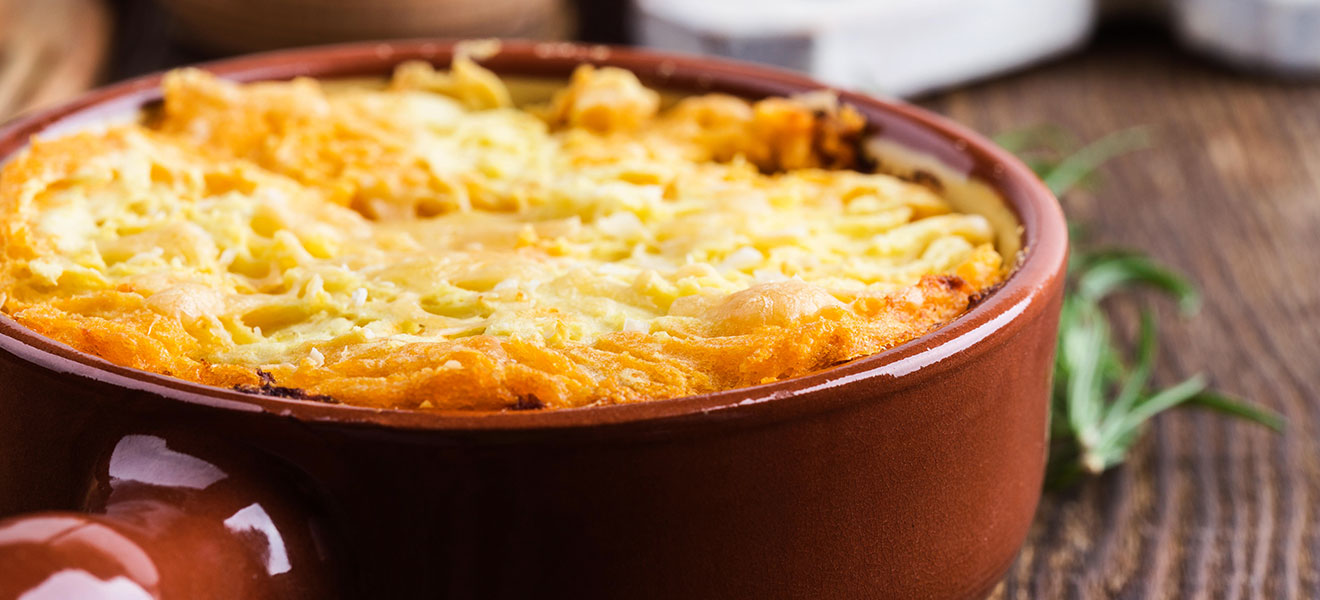 A delicious shepherd's pie recipe to take away the winter chill
A delicious shepherd's pie recipe to take away the winter chillShepherd's pie is a true British classic which always hits the spot – this delicious take on the dish comes from chef Christian Turner.
-
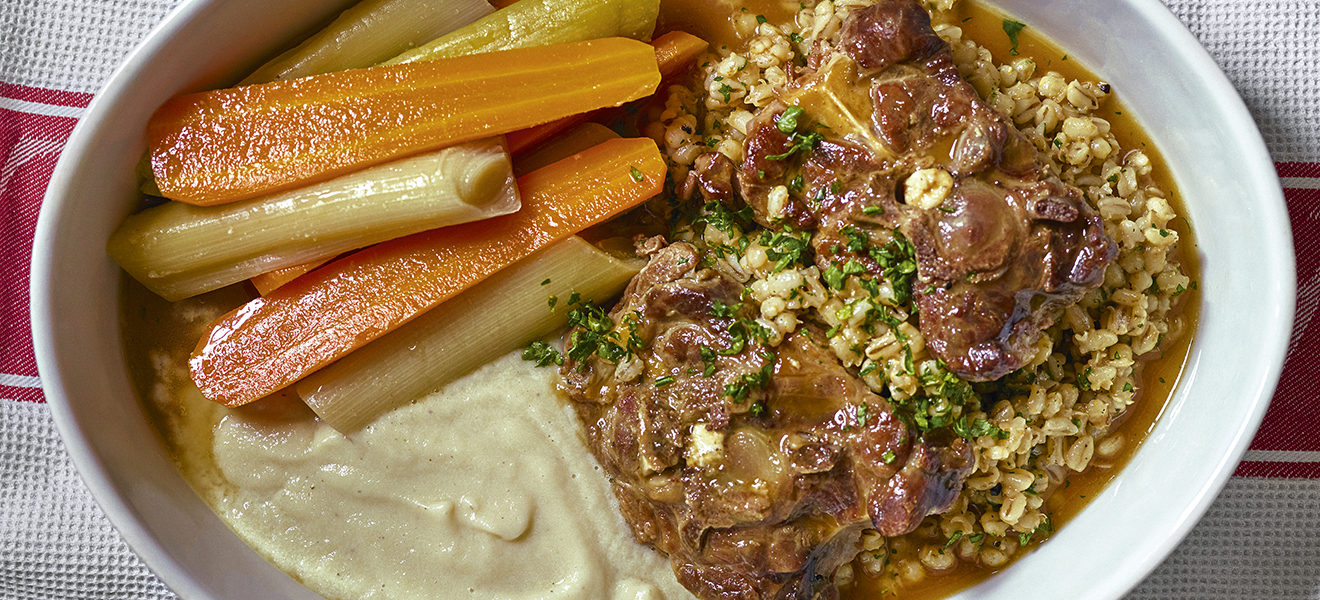 How to make a delicious Irish stew without potatoes
How to make a delicious Irish stew without potatoesAn Irish stew without potatoes might sound like a contradiction, but this lamb-neck and pearl-barley recipe gives the classic winter dish a rich twist.
